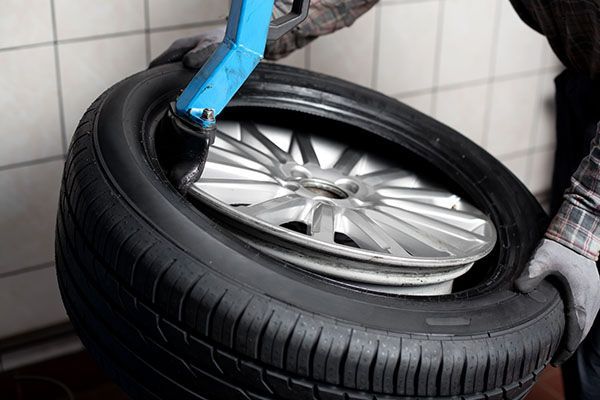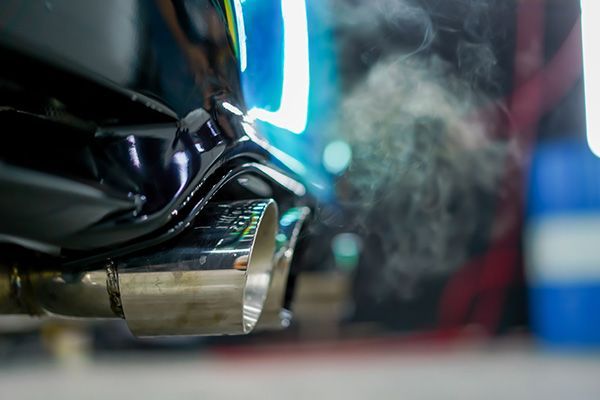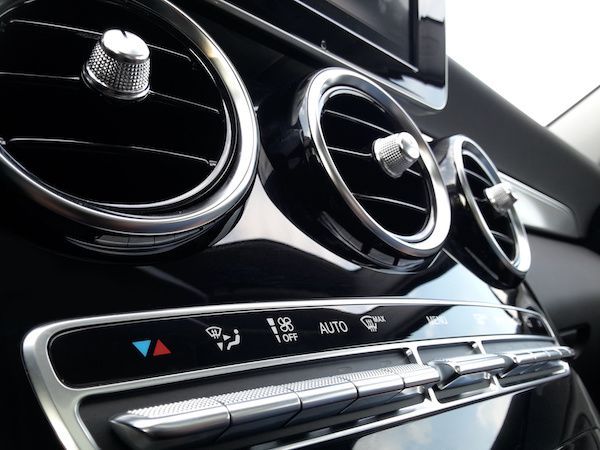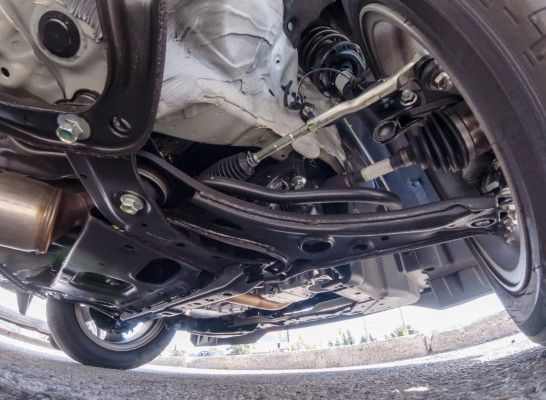How Are Tires Mounted on Rims? Understanding the Process

How Are Tires Mounted on Rims? Understanding the Process
Tires play a critical role in the performance, safety, and overall driving experience of a vehicle, as you might know by now. Whether you are replacing old tires or getting a new set, it's essential to understand how tires are mounted on rims. This blog will take you through the process of tire mounting, providing insights into the techniques and equipment involved.
What Equipment Is Used in the Procedure?
The key tools and equipment include a tire mounting machine, a tire balancer, and various other hand tools. The tire mounting machine assists in safely and efficiently mounting the tire onto the rim, while the tire balancer ensures the proper distribution of weight to minimize vibrations and maximize the contact between the tire and the road.
Step 1: Removing the Old Tire
The first step in the process is to remove the old tire from the rim. The technician uses a tire machine to break the seal between the tire bead and the rim. This is done by pressing a lever that pushes the tire away from the rim, releasing the air pressure. The machine then assists in lifting the tire off the rim.
Step 2: Mounting the New Tire
The new or repaired old tire is positioned on the rim, making sure the tire bead is correctly aligned with the rim edge. The technician then uses the tire mounting machine to apply pressure to the tire bead, gradually guiding it over the rim edge. This process requires precision to prevent damage to the tire or rim.
Step 3: Inflating and Balancing
Once the tire is mounted on the rim, the next step is to inflate it to the recommended air pressure - it is usually specified in the owner's manual or on one of the doorframes. The technician uses an air compressor to inflate the tire while ensuring proper bead seating. After inflation, the tire is placed on a tire balancer to check for any imbalances. Counterweights may be added to the rim to balance the tire, minimizing vibrations and promoting a smooth ride.
Skipping this step results in rapid tire wear, suspension damage, and a lot more problems. While it might seem like it's not important, it's quite the opposite.
Step 4: Final Inspection and Installation
Before completing the process, the technician conducts a final inspection of the mounted tire. They ensure that the tire is securely seated on the rim, properly balanced, and free of any visible defects. Once satisfied with the tire's installation, the technician carefully places the mounted tire on the vehicle's axle, tightening the lug nuts to the manufacturer's specifications.
If your Mercedes-Benz is in need of tire service, visit us at Jeff's Mercedes Auto Service! We specialize in Mercedes-related auto procedures and we would be happy to get your Merc back on the road!
We’ve got all your automotive repair needs covered.












